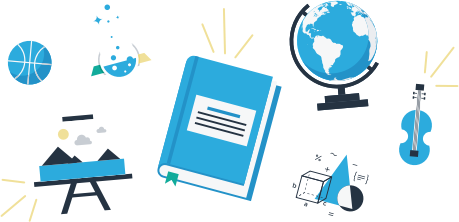
Featured blog post

King of Grace 3rd Grade
The third-grade class at King of Grace Lutheran School in Golden Valley, MN, has participated in H2O for Life projects since 2013.
“After viewing some of the videos on the H2O site, it’s impossible not to want to help some of these children who need what we often take for granted, water! This year, we raised funds by running a candy store and participating in a Walk for Water.”
The third-grade class is gearing up for the start of the “Candy Store”.
We have some young entrepreneurs making jewelry to sell along with the candy we are selling. Thanks for donating your time and gifts.
Today was our first day of selling at the “Candy Store,” and the kids did a fantastic job!
I had a great time selling candy at the candy store. -Nora
I had so much fun collecting money and being a part of something to help H20 – Harrison
I loved to be a part of helping St. Magaga and helping H2O! – Charlotte
I loved being a part of the group. It’s fun to help!!!! – SIMON
We are hoping for more customers because it is the second week of our “Candy Store” fundraiser.
Sales started out slow, but soon we had a crowd. Thanks to all of our customers for supporting our efforts for H2O for Life.
The third graders carried in gallons of water for our “Walk for Water” this week.
I thought running the candy store was fun because I felt like it was a good experience because you learn how to run a candy store. I thought spending money for the candy store was going for a good cause. – Ari Joseph Madson
I enjoyed working at the candy store and I want to help Saint Mugagga. –Hannah.S
King of Grace had its annual, “Walk for Water”, and we had a great turnout. Students walked the course and collected pledges and some of the students helped with the sale of Ice cream sandwiches and Freezies. It was a beautiful day, and the funds collected pushed our total past the $1000 amount pledged. Thanks to all the walkers, helpers, and people who donated funds.
A generous donor provided us with Ice cream sandwiches and Freezies to sell during the “Walk for Water”.

Fundraising Ideas

Explore Our Lesson Plans
All of our lesson plans are free.
Projects in Need

Saviefe Deme Community School
Saviefe Deme is a rural community located in the Volta region of Ghana and has a population of approximately 3,100 people. The major economic activity in the community is subsistent farming, trading, and hunting. The people are very friendly and accommodating. Saviefe Deme Community School was established in 1964 by the Government of Ghana in partnership with the community. The school has not received any major development from the government since its establishment, so the community members always come together to support the school through communal labor with the support of other organizations. Being the only school in the area, the school currently has 150 students ranging from kindergarten to grade 9.

Lycee nationale de carice
Established on November 4, 2002, “Lycée National Philippe Barthélemy de Carice” commonly known as “Lycée National de Carice” has been a cornerstone of education in the commune of Carice for grades 9-12. Despite years of dedication and perseverance, the school continues to face major structural and infrastructural challenges, limiting its ability to provide a fully supportive environment for its students.

St. Stephen Chepsaga Secondary School
St. Stephen Chepsaga Secondary School is a mixed-gender institution established in 2014. The school is continuously developing, with ongoing infrastructure projects marking significant progress. Additionally, Chepsaga Secondary excels in agricultural practices, which are supported by a dedicated school farm and an active agriculture club, which enhance hands-on learning and sustainability efforts.Every day, the 174 students and 14 staff of St. Stephen Chepsega Secondary School go without sufficient water to meet their needs, causing an unneeded distraction that steals everyone's attention and time from their primary goal of learning.



